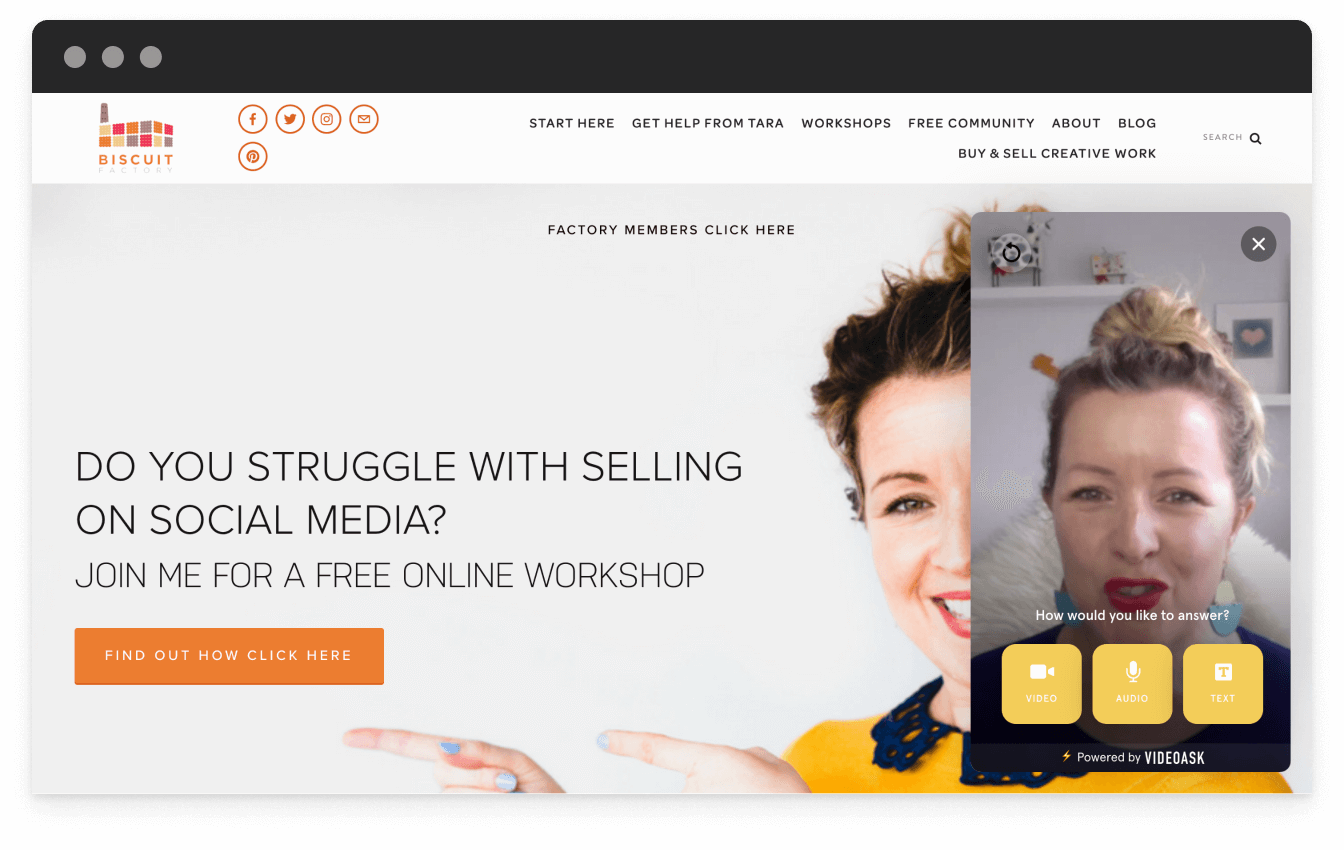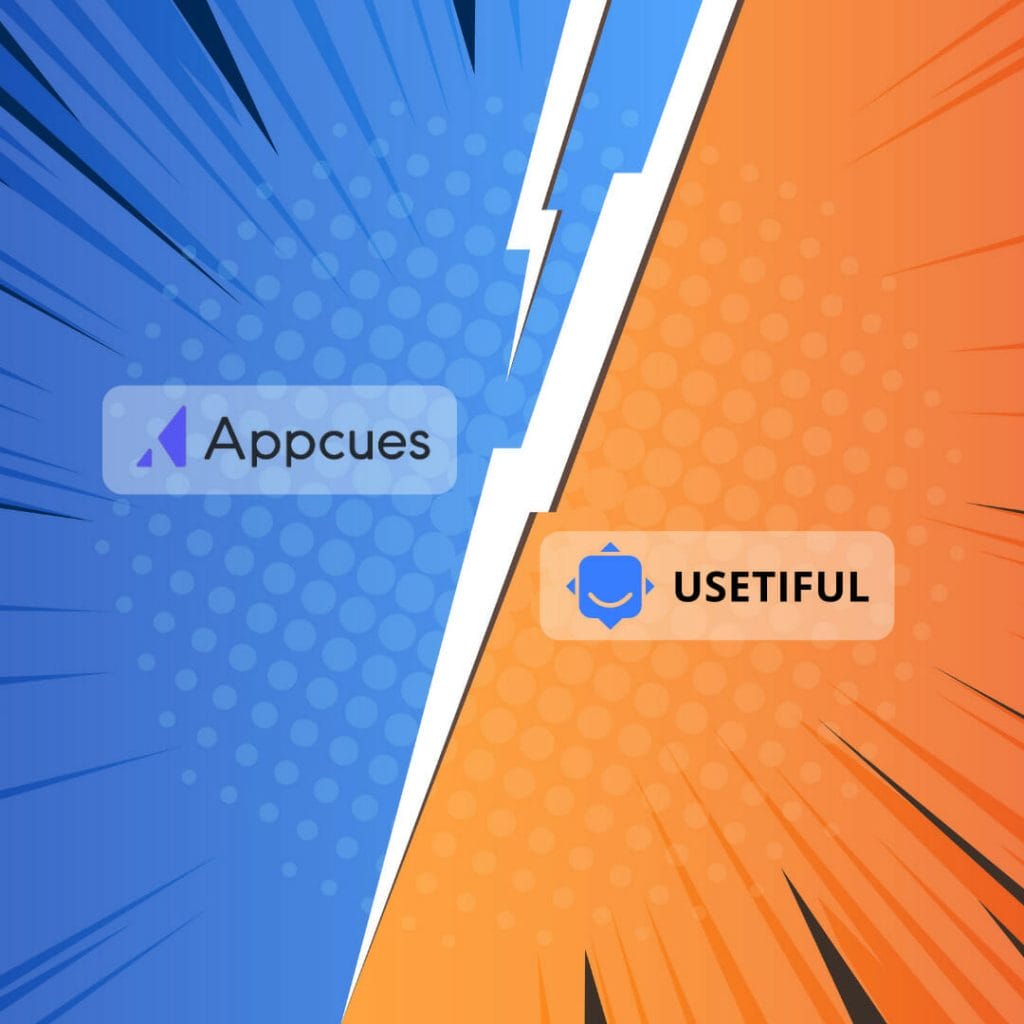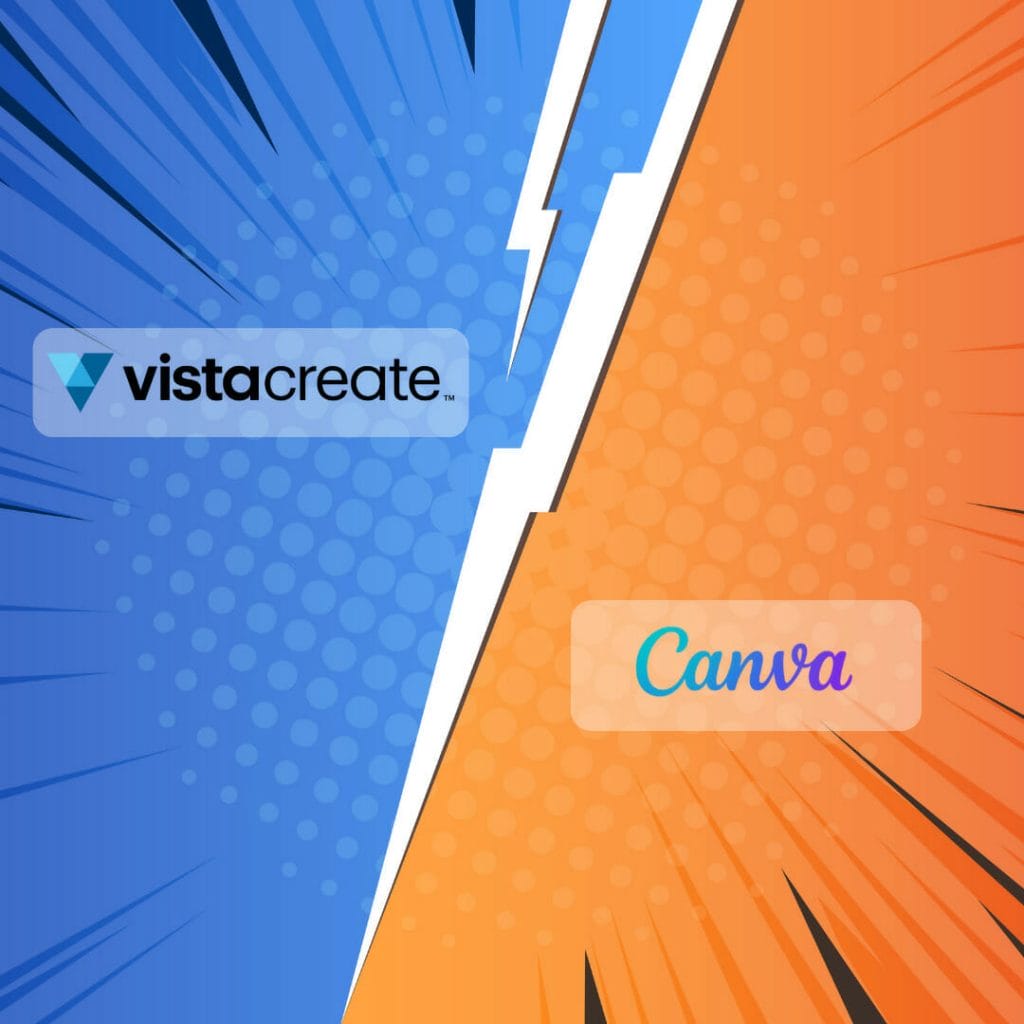
In the world of online communication and customer engagement, tools like Facepop and VideoAsk have emerged as innovative platforms to gather user feedback and enhance brand interactions. Both solutions strive to bring a more personalized touch to the digital landscape by utilizing video and multimedia formats to facilitate conversations between businesses and their audiences.
Facepop focuses on delivering video messages and prompts in website pop-ups, creating an interactive experience for website visitors. Conversely, VideoAsk enables individuals to create inquiries and responses using video, audio, or text, expanding its usefulness for a range of purposes like interviews, polls, and inquiries. As companies search for optimal methods to update their communication plans, it’s crucial to investigate the features and advantages of each option.
Overview of Facepop and VideoAsk
What is Facepop?

Facepop is a platform for video messaging that empowers individuals to generate and distribute brief video messages with their intended recipients. Users can make a video, personalize it with stickers, filters, and text, and then spread it via diverse channels such as social media, email, and website embedding.
The fundamental objective of Facepop is to add the human element to digital interactions, rendering them more personal and captivating. By employing video instead of text or graphics, individuals can express their messages more effectively while nurturing deeper connections with their audience.
What is VideoAsk?

VideoAsk is a web-based program developed by Typeform, that allows individuals to pose inquiries and receive responses in video, audio, or text format. Its purpose is to create more personal and captivating online interactions, by enabling users to record a video of their inquiry and share the link or embed it on any webpage. The intended recipients can then reply to the inquiry utilizing their preferred communication method (video, audio, or text) on their device of preference.
VideoAsk also provides options for multiple-choice and calendar selections, making it versatile for various use cases, such as customer feedback, event registrations, and consultations. All the answers are saved in the user’s VideoAsk account, allowing them to view and reply easily.
Use Cases and Industries
Customer Feedback
Facepop and VideoAsk provide a unique and engaging way for businesses to collect customer feedback. By utilizing video and audio formats, companies can gain insights directly from their clients, resulting in more personal and accurate information. Industries such as retail, hospitality, and tech can greatly benefit from integrating these tools into their customer experience processes.
Surveys and Forms
Both of these platforms provide an aesthetically pleasing option to conventional text-based surveys and forms. Instead of presenting respondents with protracted questionnaires, they can create video or audio replies to a series of queries, making the process more engaging and enjoyable. This strategy is suitable for sectors that require frequent data collection, such as market research and education.
Gathering Data
Facepop and VideoAsk are useful instruments for obtaining qualitative data from users. The capacity to acquire video and audio feedback permits enterprises to gain more profound insights into their customers’ sentiments, viewpoints, and experiences. This can be especially advantageous for sectors such as finance, healthcare, or any industry that depends on obtaining comprehensive user feedback to enhance their products and services.
Sales and Marketing
These platforms can be used to enhance sales and marketing efforts by injecting a human touch into the promotional funnel. Both Facepop and VideoAsk allow businesses to showcase their products or services through visually engaging video content, helping capture users’ attention and increasing conversion rates. This can be especially useful in industries such as e-commerce, travel, and real estate, where visual presentations can make a significant impact on purchasing decisions.
Section 4: Features Comparison
User Interface
Facepop and VideoAsk both offer intuitive user interfaces that make it easy for users to navigate and create engaging video content. Facepop provides a minimalist design, focusing on essential features and making it simple for beginners to quickly grasp its functionality. VideoAsk, on the other hand, offers a polished interface with a more substantial feature set for advanced users.
Video Response Capabilities
Both platforms allow users to collect video responses from their audience. Facepop offers a straightforward approach, enabling users to collect video replies with minimal setup. VideoAsk provides more advanced options for video collection, such as customizable response length limits and the ability to have customers record screencasts with their responses.
Integration Options
Integration options play a vital role in determining which platform is a better fit for your needs. Facepop offers integrations with popular CRM systems, email marketing platforms, and social media networks. It also supports APIs for further customization and integration with other applications.
VideoAsk provides an impressive array of integration options with popular platforms such as CRM systems, email marketing tools, and project management applications. In addition, VideoAsk includes a built-in integration with Typeform, providing increased flexibility to users who already utilize Typeform in their workflow.
Section 5: Pricing and Packages
Facepop Pricing
Unfortunately, we don’t have any information on Facepop’s pricing. We recommend visiting their official website for the most up-to-date and accurate pricing details.
VideoAsk Pricing
VideoAsk offers multiple pricing plans to cater to the needs of various users. According to Capterra and GetApp, the pricing for VideoAsk starts from $24 per month with a usage-based pricing model. Let’s break down their different plans:
- Grow plan: $24/month (paid annually)
- Brand plan: $40/month (paid annually)
Monthly plans are also available. VideoAsk provides a free trial and a free version for users who want to test out the platform before committing to a paid plan.
Section 6: Pros and Cons
Facepop Advantages and Disadvantages
Facepop is a video communication platform that helps to streamline the process of customer engaging and branding. Some of the advantages include:
- User-friendly interface, making it easy to create and share videos
- Allows for seamless integration with popular CRM and booking systems, enhancing lead conversion
- Highly customizable, enabling users to modify the video appearance and messaging to fit their brand
However, Facepop also has some disadvantages:
- It may be less well-known compared to other video communication tools, leading to a smaller user base and fewer reviews
- Limited features compared to more established platforms, potentially requiring additional tools for specific needs
VideoAsk Advantages and Disadvantages
VideoAsk is another video communication tool designed to simplify the process of capturing and sharing customer feedback. Some of the key advantages are:
- Integration with booking software, streamlining the lead conversion process
- Branding and design customization to match your brand’s presence
- Positive user experiences, with a rating of 5 out of 5 based on 14 reviews from users
Despite these benefits, VideoAsk has some disadvantages:
- May be more expensive than other video communication platforms, especially for smaller businesses
- Feature set might not be as comprehensive as other tools in the market, leading to the need for additional software
Conclusion
In summary, both Facepop and VideoAsk offer unique approaches to personalized communication with customers. While Facepop focuses on integrating video messaging into your existing messaging platforms, VideoAsk centers around creating interactive video-based surveys and lead generation tools.
When choosing between the two, it’s essential to consider your specific business needs and marketing goals. Facepop may be more suitable for businesses looking to provide a personalized touch to customer support and sales interactions via popular messaging apps. On the other hand, VideoAsk is geared towards marketing professionals seeking to collect video or audio testimonials and engage customers with video surveys.
From a cost perspective, it’s also necessary to weigh the pricing options for both tools. While we don’t have specific pricing information for Facepop, VideoAsk’s pricing might be considered expensive for small businesses, particularly for those with a large number of video testimonials or usage requirements, as additional video minutes can add up in cost (source).
Ultimately, the decision between Facepop and VideoAsk will be dictated by your business’s individual needs, target audience, and resources. By carefully evaluating the strengths and weaknesses of both tools, you can make an informed choice about which solution is the best fit for your business.



